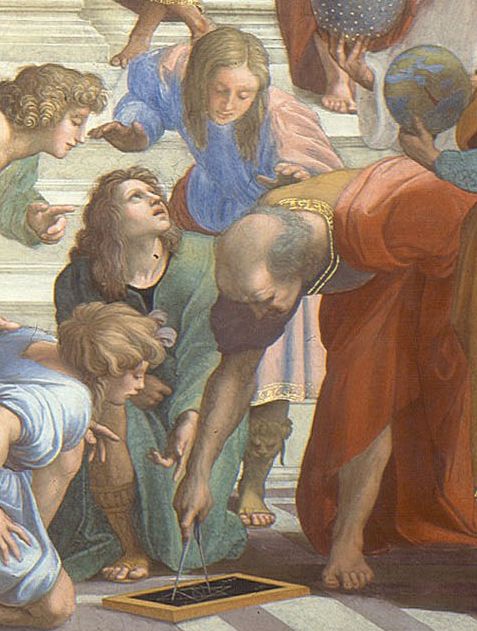Bushido
The 7 Principles of the Samurai
a 🧵
1. Courage-
The willingness to confront fear, danger, or adversity with bravery and resolve.
The 7 Principles of the Samurai
a 🧵
1. Courage-
The willingness to confront fear, danger, or adversity with bravery and resolve.

2. Righteousness-
Acting with moral integrity, upholding ethical principles, and doing what is right even in difficult circumstances.
Acting with moral integrity, upholding ethical principles, and doing what is right even in difficult circumstances.

3. Loyalty-
Devotion and faithfulness to one's lord, master, or cause, demonstrating unwavering commitment and allegiance.
Devotion and faithfulness to one's lord, master, or cause, demonstrating unwavering commitment and allegiance.

4. Respect-
Showing reverence and esteem towards others, acknowledging their worth, dignity, and contributions.
Showing reverence and esteem towards others, acknowledging their worth, dignity, and contributions.

5. Honesty-
Truthfulness and sincerity in words and actions, being straightforward and transparent in dealings with others.
Truthfulness and sincerity in words and actions, being straightforward and transparent in dealings with others.

6. Consistency-
Maintaining steadfastness and reliability in behavior and decisions, staying true to one's values and commitments over time.
Maintaining steadfastness and reliability in behavior and decisions, staying true to one's values and commitments over time.

7. Honor-
Upholding a code of ethical conduct and personal integrity, earning respect through virtuous actions and fulfilling one's duties with dignity.
Upholding a code of ethical conduct and personal integrity, earning respect through virtuous actions and fulfilling one's duties with dignity.

If you enjoyed this thread, share the first link below and follow for similar content. 🙏
https://x.com/ClassicalAegis/status/1780581578550456537
• • •
Missing some Tweet in this thread? You can try to
force a refresh



















